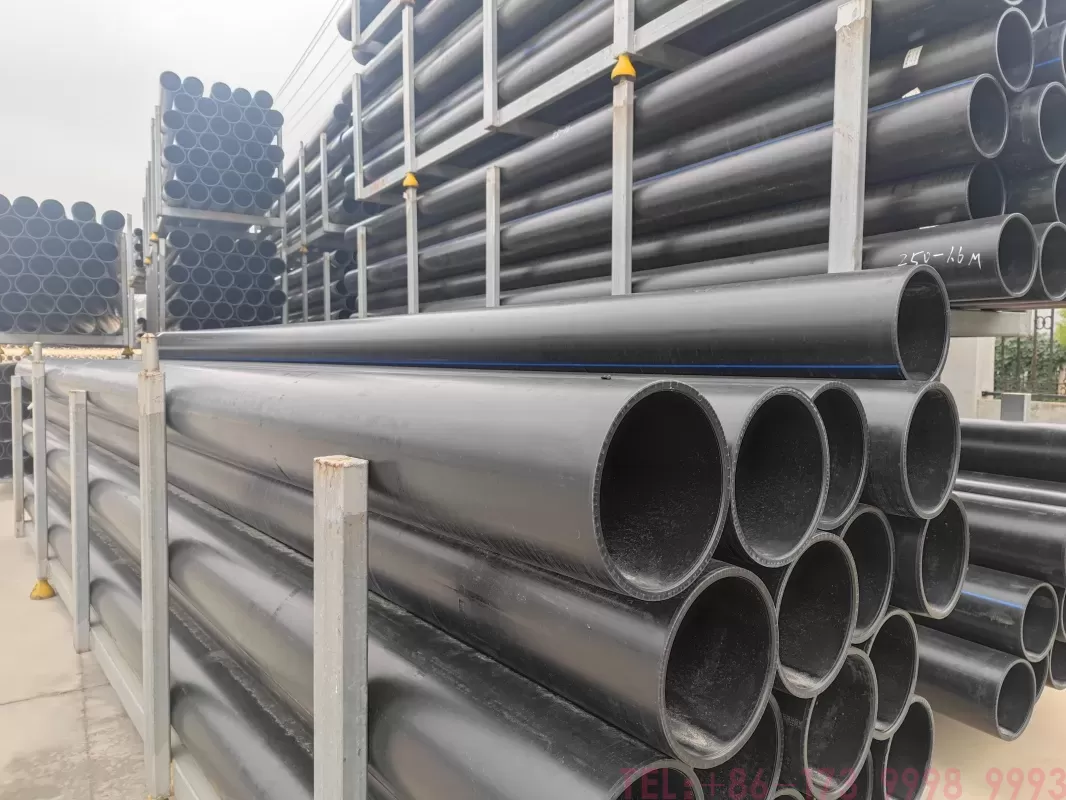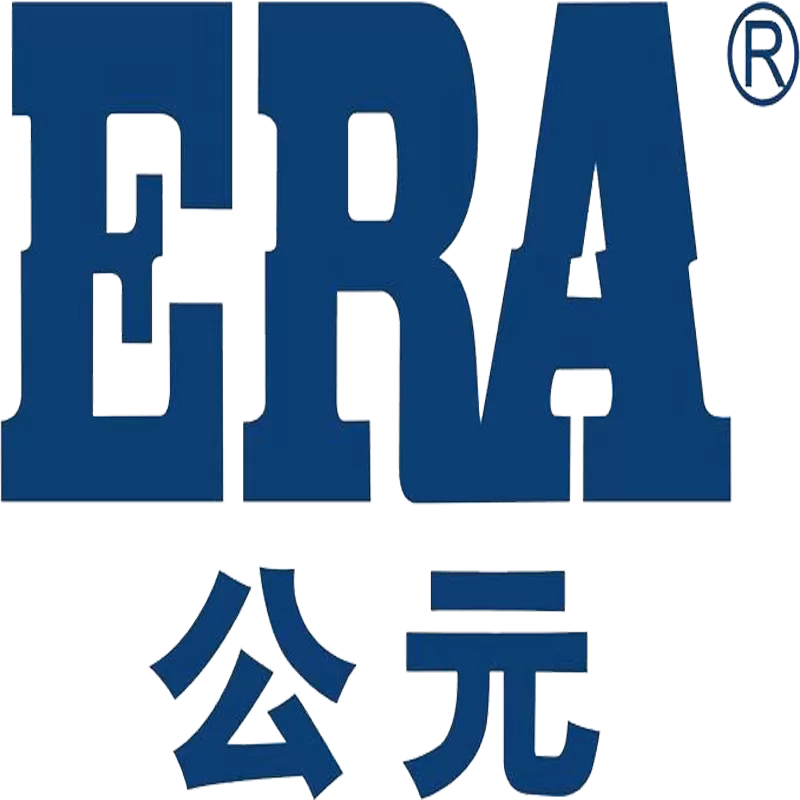When the welding temperature of PE pipe is too high, the most direct impact is that the PE material will be over-melted. PE pipe is mainly made of polyethylene material, and in high temperature environment, the molecular structure of polyethylene will be damaged. After the temperature exceeds 230 ° C, the PE material will not only melt quickly, but also may decompose, produce pungent odor gas, and carbonize at the same time, forming a black carbonized layer on the surface of the pipe. This carbonized layer is fragile in texture, which will seriously weaken the strength and toughness of the pipe, making the PE pipe with excellent performance vulnerable. Excessive high temperature
can cause a devastating blow to the welding quality. Under normal circumstances, PE pipe welding needs to be carried out in the temperature range of 200 ° C to 230 ° C. At this time, good fusion can be achieved between the pipe and the pipe, and the pipe and the pipe fittings can form a firm connection. However, when the temperature is too high, the over-melted PE material will become thin and the fluidity will be enhanced. Under the action of welding pressure, it is easy to cause material loss, making the thickness of the welded part uneven and even voids. During the use of such welding points, once they are under pressure, they are prone to cracks, resulting in water leakage, air leakage and other problems, which seriously affect the normal operation of the pipeline system. For example, in the water supply pipeline renovation project of a community in Wuhan, due to the high welding temperature, carbonization and voids appeared at the welding places of some PE pipes, and frequent water leakage occurred soon after it was put into use, which not only brought inconvenience to residents' lives, but also increased maintenance costs and waste of water resources.
the high welding temperature will also reduce the overall performance and service life of the pipeline. The high temperature destroys the molecular structure of the PE material, causing the corrosion resistance and aging resistance of the pipeline to drop significantly. The PE pipe that could have been used for decades may appear aging and cracking in just a few years after being welded at too high temperature. At the same time, the high temperature will cause the pipe to deform and affect the appearance and dimensional accuracy of the pipe. The diameter of the deformed pipe may become thinner or uneven, resulting in increased water flow resistance and affecting water flow; in gas transportation, it may also affect the pressure and stability of gas transportation, and there are greater safety hazards.
In Hubei, whether it is the welding construction of PE pipe or PPR pipe, choosing a professional and reliable manufacturer is the key to ensuring the quality of the project. Hubei Aoyuan Building Materials Co., Ltd., as a well-known PE pipe manufacturer and PPR pipe manufacturer in Hubei, has been committed to providing customers with high-quality products and professional services. The PE pipes produced by the company strictly follow the national standards. From raw material procurement to production process, every link has been strictly controlled to ensure the stable performance of the pipes. At the same time, the company also provides customers with detailed welding technical guidance, including the control of key parameters such as welding temperature and time. If you encounter problems in the welding process of PE pipes, or have pipe procurement needs, please call 17399989993, the professional team of Hubei AD Building Materials Co., Ltd. will provide you with a comprehensive solution.
the high welding temperature of PE pipes will cause a series of problems such as material decomposition and carbonization, reducing welding quality, and damaging pipeline performance. In the engineering construction of Wuhan, Hubei Province, strictly control the welding temperature, and choose a trusted manufacturer like Hubei AD Building Materials Co., Ltd. to ensure the stable and safe operation of PE pipes in various pipeline systems and provide reliable protection for urban infrastructure buildings.


